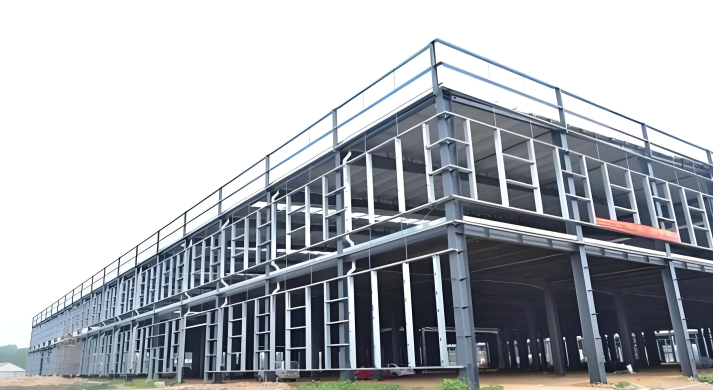Composition and Determination of Construction Project Costs

Xinguangzheng Steel Structure Knowledge Point: Damage Detection of Steel Structures
Damage Types: Mechanical forces, temperature.
Detection Content: (1) Member straightness; (2) Member surface defects; (3) Connections (welded, bolted); (4) Steel corrosion; (5) Fireproof coating thickness.
| Content | Method |
|---|---|
| Member Straightness | Beams and Trusses: In-plane vertical deformation and out-of-plane lateral deformation. Column Deformation: Column inclination and bending. Measure deflection and deviation at various points by stretching a fine wire between support points. Column inclination measured using a theodolite; column bending measured using a plumb line. |
| Member Slenderness Ratio, Local Flatness Damage Detection | Member Cracks: Can be inspected visually, primarily using the hammer tapping method (gently tapping all parts of the member with a rubber-coated wooden hammer). Also inspect using a 10x magnifying glass. If cracks are suspected, use the oil drop method. Without cracks, oil spreads in an arc; with cracks, oil penetrates. Can also be checked using ultrasonic flaw detectors. |
| Surface Defects | Visual inspection or 10x magnifying glass. |
| Non-destructive testing (NDT) methods such as eddy current, magnetic particle, penetrant testing. | |
| Welding | Defects include cracks, porosity, slag inclusions, incomplete penetration, lack of fusion, undercut, crater cracks. |
| Inspected using 10x magnifying glass, light hammer tapping, ultrasonic flaw detectors, radiographic testing. | |
| Steel Corrosion | Measured using ultrasonic thickness gauges and vernier calipers. |
| Fireproof Coating | Measured using coating thickness gauges. |
[Extension]
Eddy Current Testing (ECT): Involves bringing a conductor close to a coil carrying alternating current, inducing eddy currents within the conductor. These eddy currents generate their own magnetic field, which alters the strength of the original magnetic field, consequently changing the coil's voltage and impedance. When defects exist on or near the conductor's surface, they affect the strength and distribution of the eddy currents. These changes in eddy currents cause corresponding changes in the detection coil's voltage and impedance. By detecting this change, the presence of defects within the conductor can be indirectly determined.
Magnetic Particle Testing (MT): Utilizes the interaction between the leakage magnetic field at a workpiece defect and magnetic particles. It exploits the difference in magnetic permeability between defects (on or near the surface of ferromagnetic materials) and the base steel. After magnetization, the magnetic field distorts at these discontinuities, causing some magnetic flux to leak out and form a leakage magnetic field on the workpiece surface. This field attracts magnetic particles, forming accumulations (magnetic particle indications) at the defect location. Under appropriate lighting, these indications reveal the position and shape of the defect. Observing and interpreting these magnetic particle accumulations constitutes magnetic particle testing.



